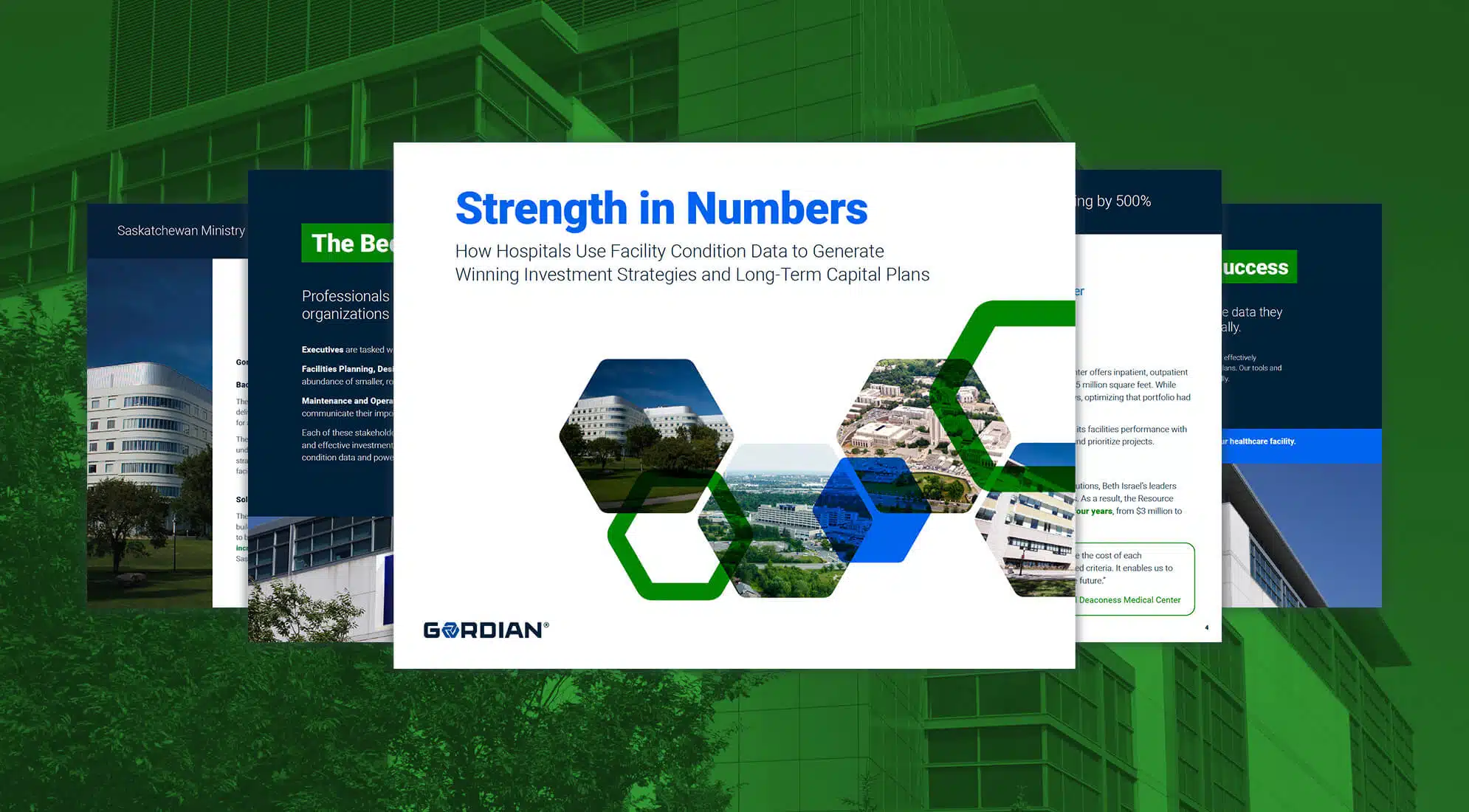If a project’s Scope of Work was a customer’s order at a restaurant, then the estimate would be the recipe to make the meal. It organizes all of the materials and tasks needed to complete the project into quantities and gives realistic expectations of what the project will cost. But just as two restaurants can have very different recipes for the same dish, different estimators often produce varying construction estimates for the same project.
The variations in estimates is evidence that there’s not a single, universal method for creating an estimate. That being said, there are steps that every estimator follows to arrive at the final estimate. Here are four hacks to help you work through some of those steps more efficiently and accurately.
Work from the Ground Up
Estimating starts with compiling a quantity takeoff – a comprehensive list of every material, piece of equipment and labor task that is needed to complete the project. For some projects, like repairs and replacements-in-kind, the takeoff list might be relatively short. But for larger projects and new construction, the list can be tough to tackle.
There are standard practices to help speed up the takeoff process and ensure accuracy, like breaking the project down into smaller chunks. But it can still be easy to miss items or tasks for complex projects. When creating a takeoff, we recommend following the actual order of construction. This will normally mean working your way from the ground up.
If your project includes multiple structures, though, it’s best to create separate takeoffs for each structure. Even if the structures are built right next to each other, there can be cost differences for the materials and tasks needed to complete them.
Once your quantity takeoff is complete, follow the same ground-up progression for costing your estimate. Choosing to work in a different order for your estimate will only create confusion.
Use Decimals, Not Fractions
For most parts of the construction process, fractions are more efficient than decimals. Can you imagine having to measure and cut 2.438 feet off of a board? It’s a lot easier to say two and seven-sixteenths feet instead. But the opposite is true when creating estimates: Using decimals will save you time and effort, especially when building your quantity takeoff.
Decimals are more precise, faster to enter into a spreadsheet or calculator and more convenient for rounding and adding quantities. Convert any quantities or measurements that use fractions or multiple units, such as feet and inches, to single units with decimals. As much as possible, keep quantities simple and consistent in format. Stopping at two decimal places should be sufficient for your takeoff.
Have a Standard Overhead Formula
One of the trickiest parts of building construction estimates is calculating indirect costs, especially when it comes to overhead. Overhead costs can vary greatly depending on the size and location of your company. Some organizations have standard overhead costs that are graded to match the size and timeline of a project before being applied to an estimate. But calculating overhead without standard rules can sometimes feel like guessing.
However, there is a general formula you can use to estimate overhead for projects. Add up your total overhead costs for an entire year, then divide that total by the amount of revenue you generate in an average year. Take the resulting percentage and multiply it by the direct costs of the project. The outcome is an overhead total that you can then add to the direct costs of a project.
Estimate for Then, Not Now
If there’s a fundamental problem in construction, it’s that project estimates are normally finished months or years before the project actually breaks ground. Every experienced estimator knows this and adds margin to the estimate accordingly. But even with this precaution, 98% of large construction projects still go over budget, according to McKinsey & Company. Some of those even surpass their budget by 80% or more.
Estimators who combat the risk of going over budget by padding their estimates also run the risk of losing out to lower bids. The trick is to know how much extra to is needed to account for future cost increases without adding too much. This is a hard thing to do, but having the right tools can help.
Rather than guessing on future costs, you can use predictive construction cost data for your estimate. RSMeans Data Online offers the option to predict future costs for any line item in the database up to three years out. Costs for tasks, materials and equipment can be accurately projected within 3% of their actual future cost, so you can keep the guesswork to a minimum in your estimates.
Just like cooking, estimating requires a lot of skill and attention to detail. But having a few tools, tricks and standard processes on hand can help you work through the process better, so you can deliver what your customers order at a realistic, reasonable price.






